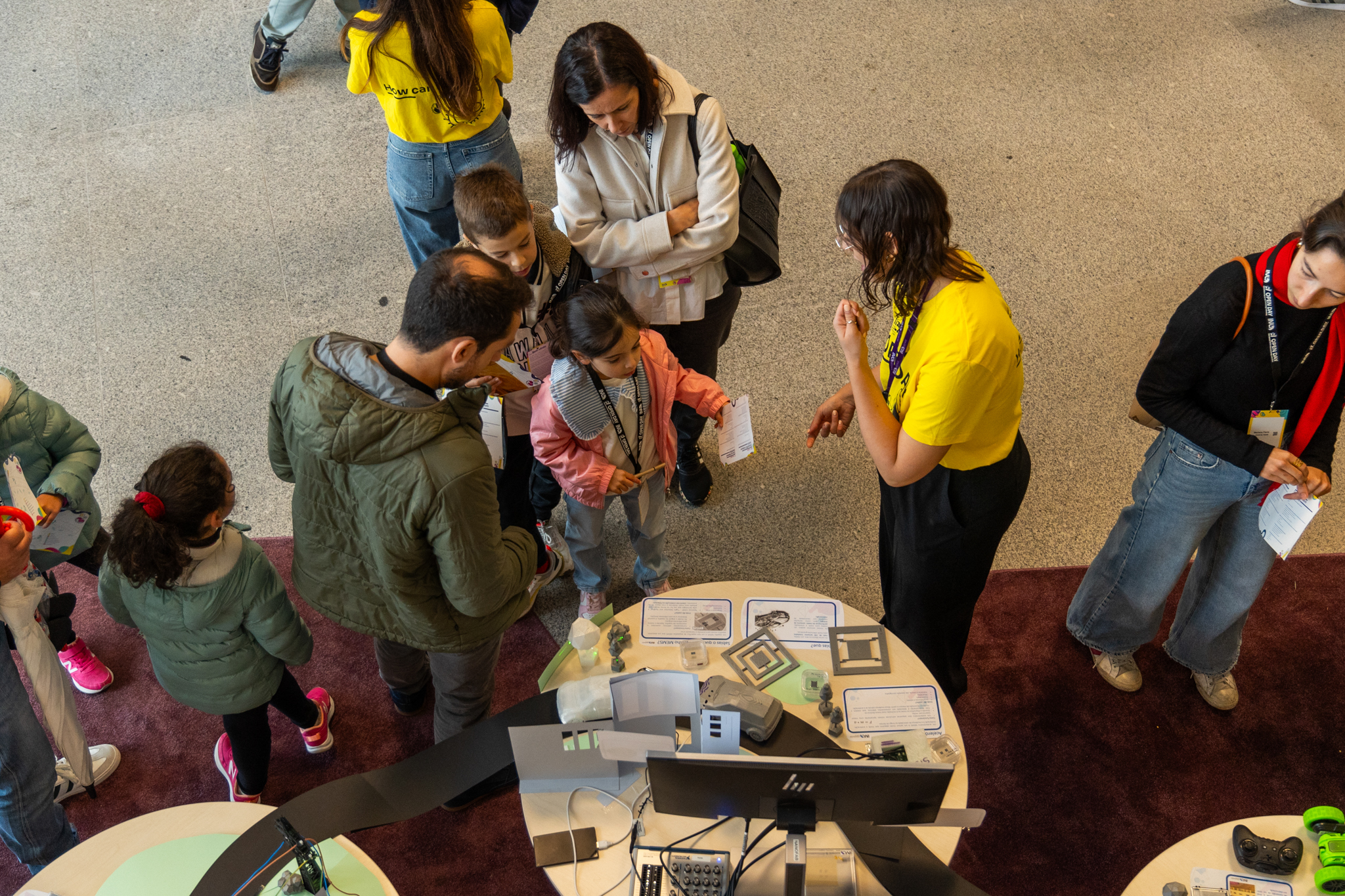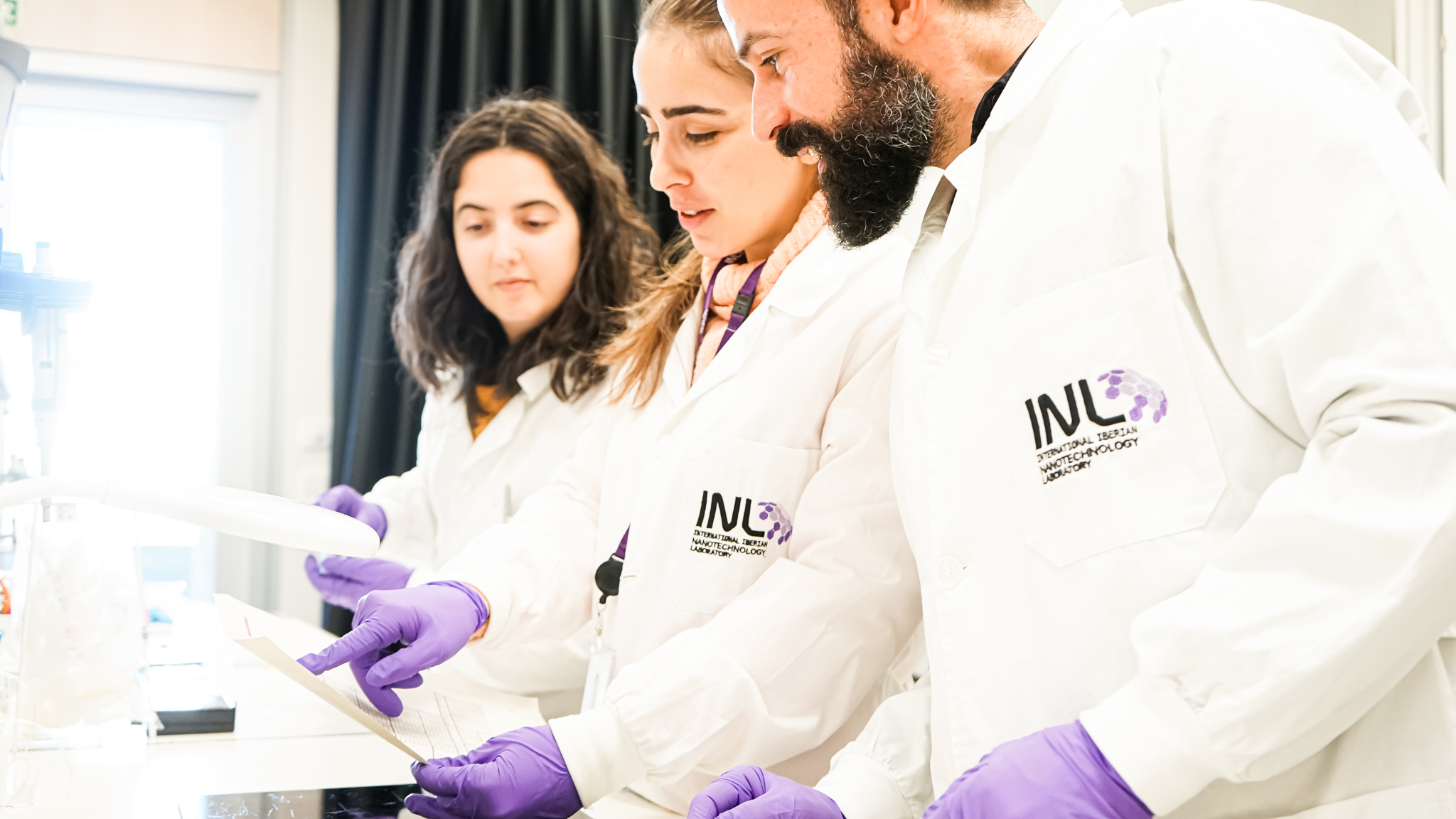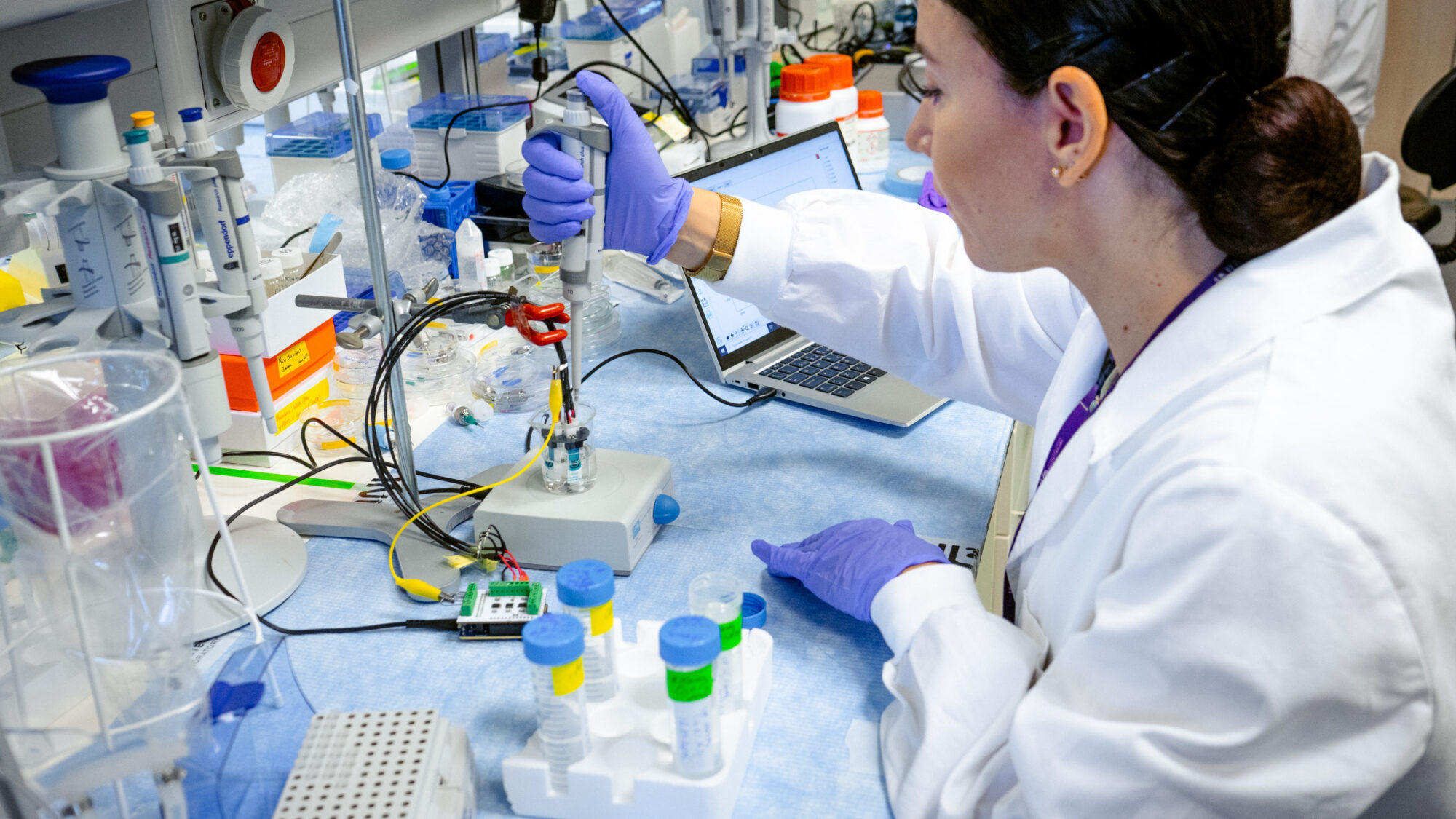
INL advances nanotechnology for Smart City future
June 4, 2024
This year at the Open Day, more than 1000 visitors had the chance to discover the new demonstrator ‘Smart City’, showcasing a fusion of advanced nanotechnologies developed at INL. ‘Smart City’ not only highlights INL’s research and development in nanotechnology but also exemplifies the potential of these technologies to foster smart, sustainable urban environments.
At the heart of this demonstrator are MEMS, or Micro-Electromechanical Systems. These small, integrated devices combine electrical and mechanical components to perform functions such as sensing, controlling, and actuating on a micro-scale. They can produce or sense micro-motion or micro-forces, making them indispensable in sectors ranging from automotive and medical to telecommunications and electronics. The transformative potential of MEMS lies in their ability to significantly alter how humans interact with technology and their surroundings.
At the core of this ‘Smart City’ is the Sensible Car project, which highlights the development of intelligent sensors essential for autonomous driving. These sensors enable comprehensive perception of surroundings, real-time precise location updates, and flawless action execution. INL’s contribution to this project includes the creation of two-dimensional MEMS mirrors, diffractive optical elements, tuneable filters, and lenses, all integrated into a LiDAR system.
LiDAR, or Light Detection and Ranging, measures distances by calculating the time a light beam takes to travel between the sensor and an obstacle. In the ‘Smart City’ context, a 2D MEMS mirror is integrated. It has a 1-by-1 mm mirror suspended by a micro-structure, capable of changing angles in two axes through electrostatic actuation. This innovation, by reflecting the incident beam at various angles, expands considerably the field of view, enlarging the vehicle vision area.

The ‘Smart City’ also integrates technologies from the R2UTechnologies – modular systems project, which aims to advance modular construction towards greater sustainability and environmental protection. Highlighted within the demo was a high-precision MEMS seismometer, which is at its core an acceleration sensor. This device consists of a suspended mass by a set of springs and sensing electrodes creating capacitors. Upon experiencing acceleration, the mass moves, altering the distance between capacitive plates and thus the capacitance. These changes are measured and converted into electrical signals to determine acceleration magnitude and direction. Enhanced sensitivity is achieved through a pull-in time measurement readout architecture.
Adding to this comprehensive demonstrator is the uPGRADE project, which is focused on the development of the first nano-satellite designed to study terrestrial gravity. This project aims to measure oscillations in terrestrial gravity and track changes in the Earth’s ice distribution, using a high-precision MEMS accelerometer developed at INL.
The demonstrator further features advancements from other projects, such as the Be.Neutral, which seeks to position Portugal as a leader in exporting zero-carbon mobility products. This project emphasises the evolution of shared electric mobility vehicles and includes the development of tuneable omnidirectional MEMS inertial switches for mechanical event detection as a wake-up device. INL researchers from R.Ferreira’s group are developing sensors to monitor the electric motor of cars, tracking multiple parameters including RPM, power consumption, and component wear. Another internal challenge of this research group is to remotely monitor wind turbines, differentiating flaws or wear down in individual components such as blades, body, and motor. The first phase involves correlating data from INL’s sensors with data from the car system.

Additionally, the Link4S project aims to remotely monitor physical swings on power cables, and simulations suggest it is possible to gather information on power consumption and natural phenomena such as thunderstorms. The demonstrator showcases a new generation connectivity system for sustainability, featuring a compact 3-axis vibration sensor. This sensor developed by INL’s IMiNa group is designed to continuously monitor high-voltage towers, enhancing predictive maintenance capabilities.
In future smart cities, most buildings will be capable of producing the energy they consume on-site. Solar energy stands out as a crucial renewable resource for achieving this. However, conventional solar panels typically occupy considerable space, and those commonly installed on building roofs may not be sufficient. To increase the area available for sunlight-to-electricity conversion, building windows can be equipped with photovoltaic devices. The INL’s ‘Smart City’ demonstrator features semi-transparent photovoltaic devices developed by researchers from Sadewasser’s group, within the European Project TRANSMIT. These semi-transparent PV devices consist of many long and narrow solar cell lines, which are indistinguishable to the human eye at a certain distance, and can be used as building windows without compromising aesthetics.
By bringing together various innovative projects into a single, cohesive demonstration, INL illustrates how advanced nanotechnologies can work in harmony to improve quality of life and drive sustainable development.


Text by Catarina Moura, Science Communication Officer & Inês Garcia, Associate Researcher


